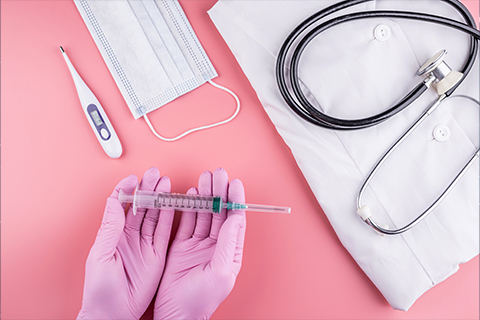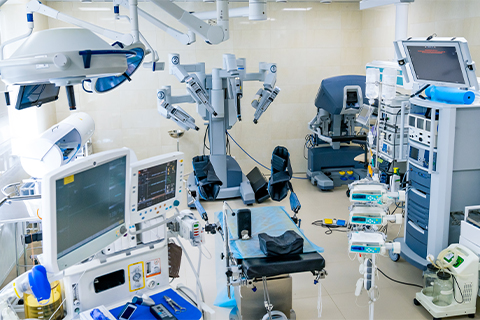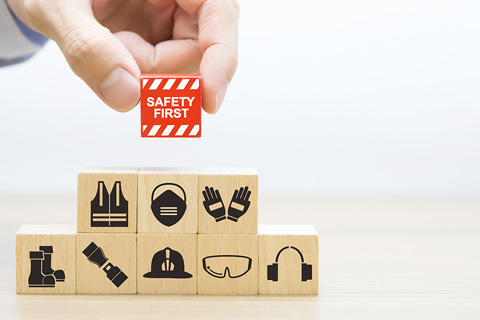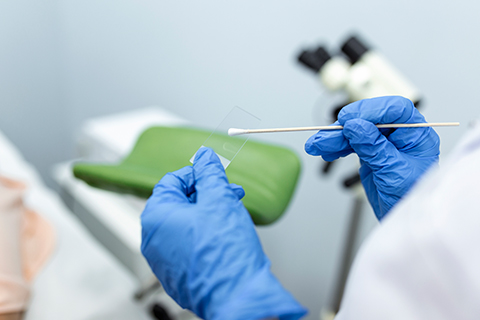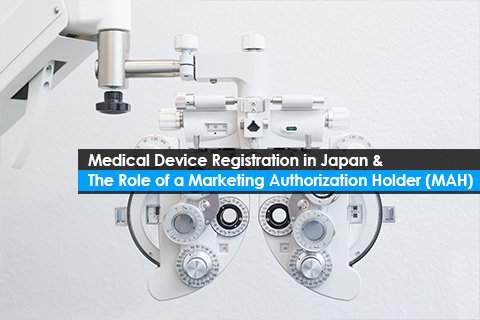CE-marked Devices and the Great Britain Market Strategy

Post the Brexit scenario, the Regulatory landscape for medical devices in the United Kingdom (UK) underwent a profound metamorphosis, significantly impacting manufacturers aiming to introduce their products. As the UK made an exit from the European Union (EU), there was a shift from Conformité Européenne (CE) marking to UK Conformity Assessed (UKCA) marking. However, presently, the Medicines and Healthcare products Regulatory Agency (MHRA) still allows the placing of CE-marked devices on the UK market.
